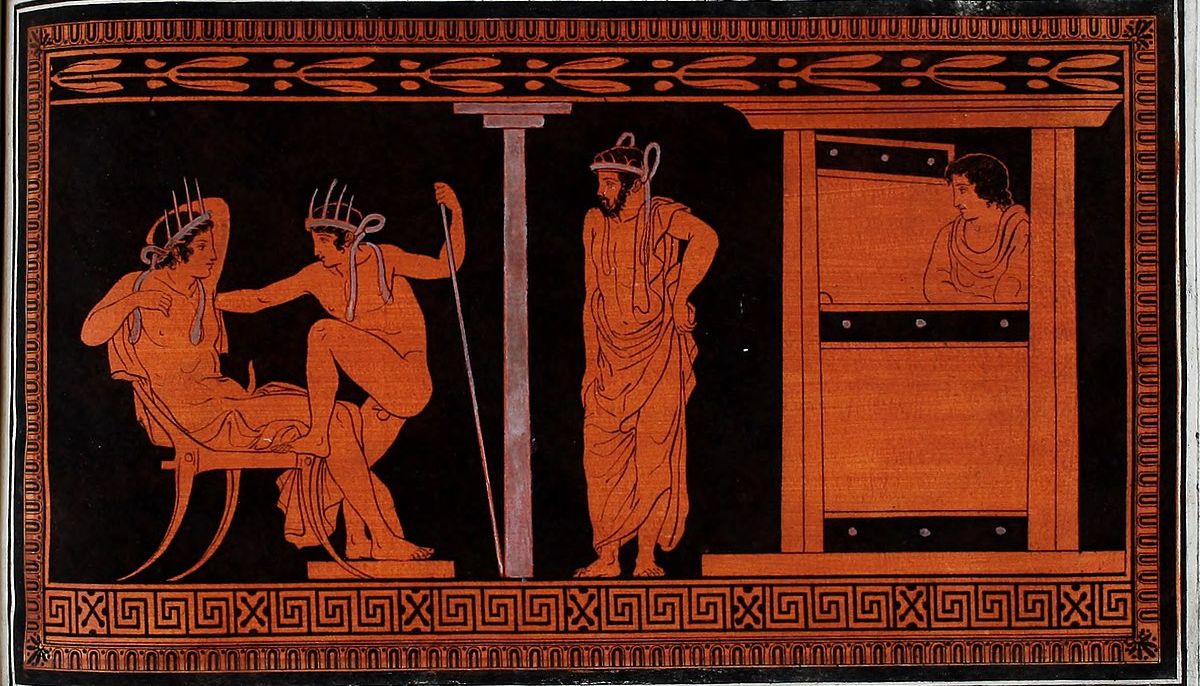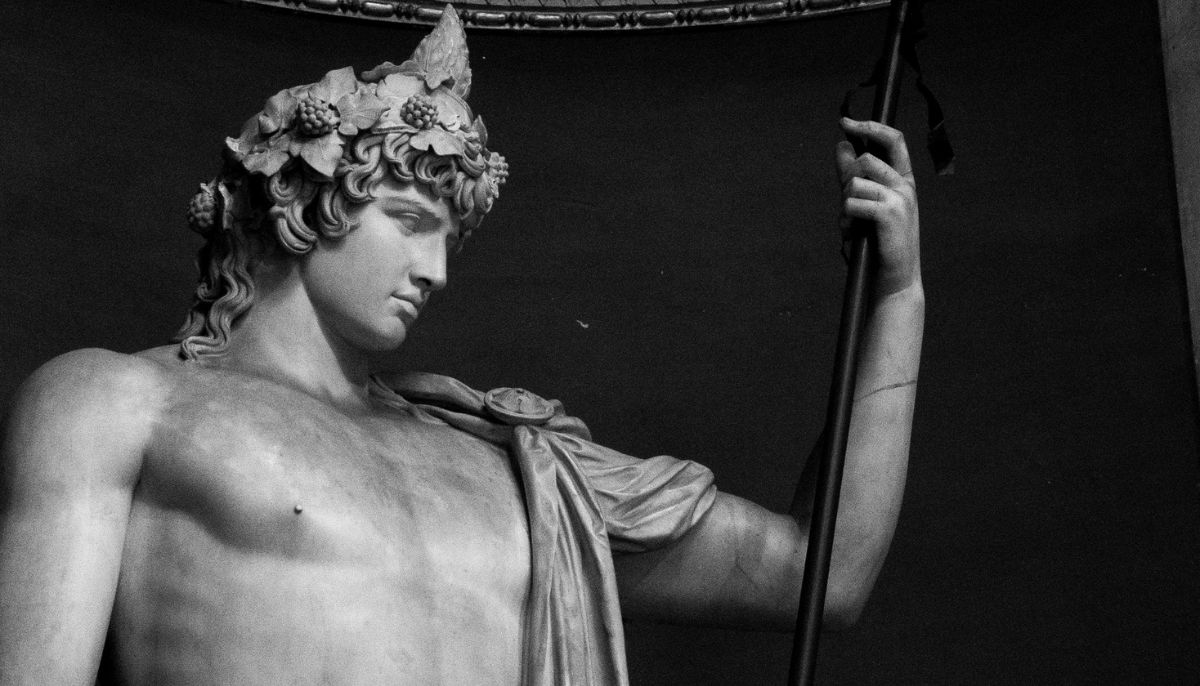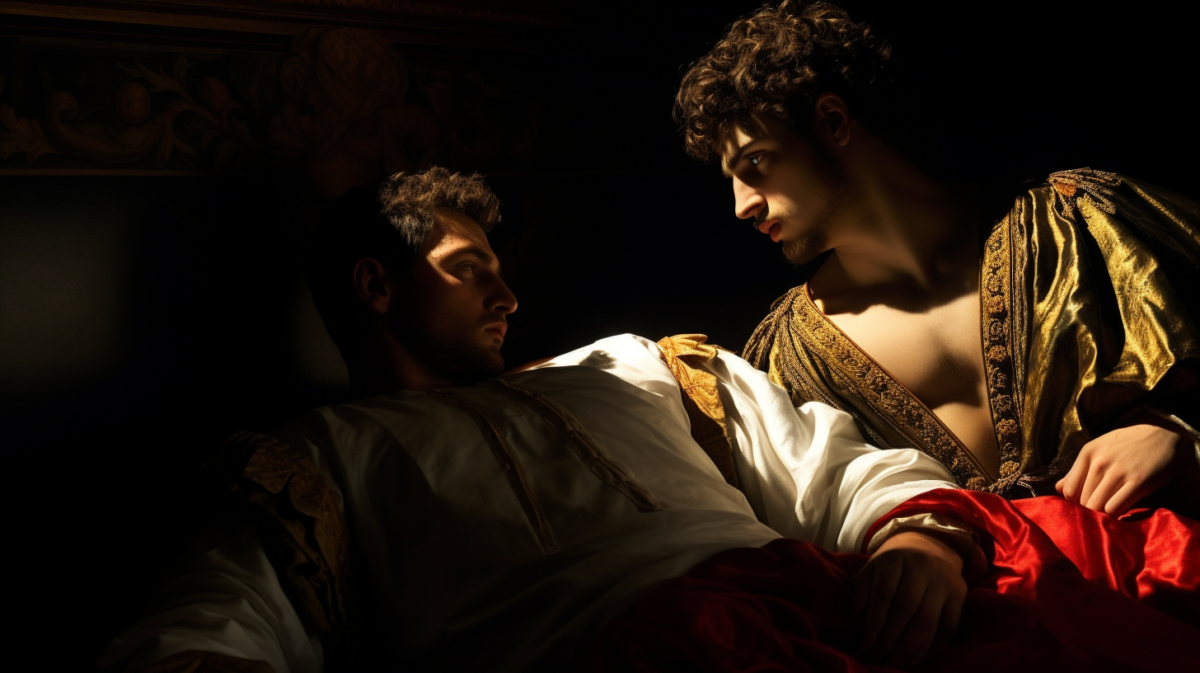Step into the captivating world of Gay Roman Emperors – a historical tapestry woven with intrigue, passion, and political finesse.
We unravel the remarkable tales of three iconic rulers: Trajan, Hadrian, and Elagabalus.
As we delve into their lives, we’ll compare the attitudes towards homosexuality in the ancient Roman era and the modern world.
Understanding Homosexuality in the Roman Empire

In ancient Rome, the perception of homosexuality was vastly different from contemporary views. Roman sexual norms were more concerned with the dynamics of dominance and passivity than traditional gender roles.
The concept of the “active” partner, often referred to as the “dominant,” held a significant place in Roman sexual relations.
In contrast, the “passive” partner, who assumed the “submissive” role, was seen as less socially acceptable.
These roles in Roman homosexual relationships were not determined by the gender of the individuals involved but rather by the power dynamics at play.
Thus, the relationship between a higher-class Roman man (the active partner) and a lower-born man, often a slave or an ex-slave (the passive partner), was not uncommon.
It was socially acceptable for the higher-status man to be in control, reflecting the broader hierarchical structure of Roman society.
Julius Caesar – The Queen of Bithynia
An example that illustrates the impact of these social norms is Julius Caesar’s alleged love affair with the king of Bithynia, Nicomedes IV.
This relationship, considered scandalous by the standards of the time, was marked by the perception that Caesar had assumed a submissive role, leading to him being mockingly referred to as “the Queen of Bithynia.”
This nickname, though derogatory, highlighted the prevailing notion that taking a passive role in a homosexual relationship contradicted the image of a strong, dominant Roman leader.
The strict societal norms of ancient Rome, where power and social status were paramount, influenced the dynamics of homosexual relationships.
Understanding this context is crucial to appreciating the complexities of Roman sexual views, the shifting roles of dominance and submission, and how they shaped individuals’ lives, including even the most influential figures in Roman history.
So, Was every Roman Emperor gay?
Evaluating the sexual orientations of Roman emperors through a modern lens is challenging due to limited historical sources and evolving definitions of sexuality. Drawing clear conclusions is virtually impossible, but the historical context suggests that many emperors may have engaged in same-sex relationships based on societal norms.
Many Roman moralists, while not entirely condemning same-sex relationships, deemed them acceptable only in moderation.
Excessive indulgence was criticized as a sign of weakness, potentially compromising the perceived strength and essence of the Roman spirit.
This paradoxical approach often involved embracing elements of Greek culture while simultaneously criticizing them as feminizing and corrupting.
Historian Edward Gibbon singled out Emperor Claudius, suggesting of the first fifteen emperors, “Claudius was the only one whose taste in love was entirely correct.” Implying the other fourteen Emperors were gay.
Although we can’t be sure about the inner workings of every Roman emperor’s bedroom, there are three famous examples of Emperors whose sexuality went beyond the societal norms of the day.
Emperor Trajan’s Love of Boys
Emperor Trajan’s personal life is shrouded in intriguing facets that reveal his homosexual inclinations. Notably, he maintained a harem of young men, a clear indicator of his same-sex attractions.
While married to a woman, Trajan’s marriage remained childless, further underscoring the distinct nature of his relationships.
Cassius Dio, the historian of the time, explicitly stated that Trajan was “devoted to boys and wine,” shedding light on the more private aspects of his life, distinct from his renowned military and architectural feats.
As we transition to the next chapter of Roman history, we encounter Hadrian, Trajan’s adopted son, who emerges as another one of Rome’s most renowned gay emperors.
Hadrian and Antinous – the love affair of an Emperor and a God

Emperor Hadrian, undoubtedly one of Rome’s most influential rulers, left an indelible mark on the empire through his visionary leadership, prolific building projects, and profound love for Greek culture.
His reign extended from 117 to 138 AD, during which he spearheaded extensive architectural initiatives, solidifying his legacy as an emperor of great significance.
Hadrian’s insatiable curiosity and desire to explore the vast territories under Roman rule led him on a journey across the empire, witnessing firsthand the diverse cultures and landscapes it encompassed.
This profound experience undoubtedly shaped his worldview and informed his policies, contributing to the depth of his leadership.
- See where Hadrian lands on our list of Rome’s greatest Emperors
One of the most intriguing aspects of Hadrian’s personal life was his relationship with a young Bithynian boy named Antinous, renowned for his exceptional beauty, even earning the title of one of the most beautiful boys in the empire.
This romantic liaison transcended conventional mentorship and displayed the traditional power dynamic in ancient Greek and Roman same-sex relationships.
The cult of Antinous

Tragically, Antinous’s life ended abruptly during a tour of Egypt in 130 AD, and the circumstances surrounding his death remain veiled in mystery.
Various speculations emerged, suggesting everything from an untimely accident, a jealous rival’s plot, or even Hadrian’s involvement. Some suggest that Antinous may have committed suicide, fearing the loss of his youthful allure, and sought a means of immortalizing himself.
Hadrian’s deep affection for Antinous was undeniable. The emperor elevated Antinous to the status of a god, and the Egyptian priesthood included him in their pantheon, leading to the growth of a devoted cult around his name.
Statues of Antinous have withstood the test of time, preserving his image and the reverence he garnered.
The cult of Antinous thrived, rivaling the burgeoning Christian movement in its rapid expansion and influence.
However, as the Roman Empire transitioned toward Christianization, notably under the rule of Theodosius, pagan worship, including the cult of Antinous, faced suppression in favor of the burgeoning Christian faith.
- We think Theodosius the Great is one of Rome’s most overrated Emperors
Elagabalus, gay and possibly trans-Emperor

Emperor Elagabalus, hailing from Syria, stands as one of the most intriguing and controversial figures in the annals of Roman history.
His reign, which spanned from 218 to 222 AD, was marked by unprecedented behavior, rebellion against traditional Roman norms, and a unique blend of religious fervor.
Elagabalus earned his nickname from his devotion to the cult of Sol Invictus, a deity associated with the sun and, fittingly, the unconquered sun.
This worship departed from traditional Roman religious practices and foreshadowed his penchant for challenging established norms.
How Elagabalus challenged Roman gender roles
One of the most captivating aspects of Elagabalus was his apparent disregard for traditional gender roles. While modern interpretations of classical sources suggest a fluid understanding of gender, it’s evident that Elagabalus expressed himself in ways that defied conventional male identity.
He often dressed as a woman, and there are accounts suggesting he desired to undergo some form of gender-affirming surgery—an astonishing notion considering the era.
Elagabalus’s marital choices were as unconventional as his gender expression. He married four times, including alliances with women and men, blurring the lines of traditional Roman marriages.
His pursuit of well-endowed Roman men and boys reveals his impulsive and unapologetically unconventional nature.
The climax of Elagabalus’s audacious reign came with his marriage to a Vestal Virgin, a scandal that shocked the Roman elite and further cemented his reputation as an upstart who flouted traditions.
His actions, while groundbreaking in their defiance, proved too much for the Roman power structure.
The death of Elagabalus
At the young age of 18, Elagabalus’s reign was abruptly cut short by assassination. The Roman elite, likely eager to distance themselves from the chaotic rule of this unique and atypical emperor, swiftly moved to replace him.
Elagabalus remains an enigma—a figure whose defiance of gender norms, unconventionality in personal relationships, and attempts to upend traditional Roman customs set them apart from their contemporaries.
While classical sources may have embellished aspects of their eccentricities, there’s no denying Elagabalus’s significant impact on challenging the status quo and leaving a lasting mark on the pages of Roman history.
In the tapestry of Roman history, Trajan, Hadrian, and Elagabalus illuminate the interplay of power, passion, and societal norms.
From Trajan’s enigmatic sexuality to Hadrian’s profound connection with Antinous, and Elagabalus’s defiance of conventions, these emperors challenge our understanding of the past.
Their tales remind us of the intricate lives behind the mighty rulers, offering a glimpse into the multifaceted nature of the Roman Empire that continues to captivate our imagination.






